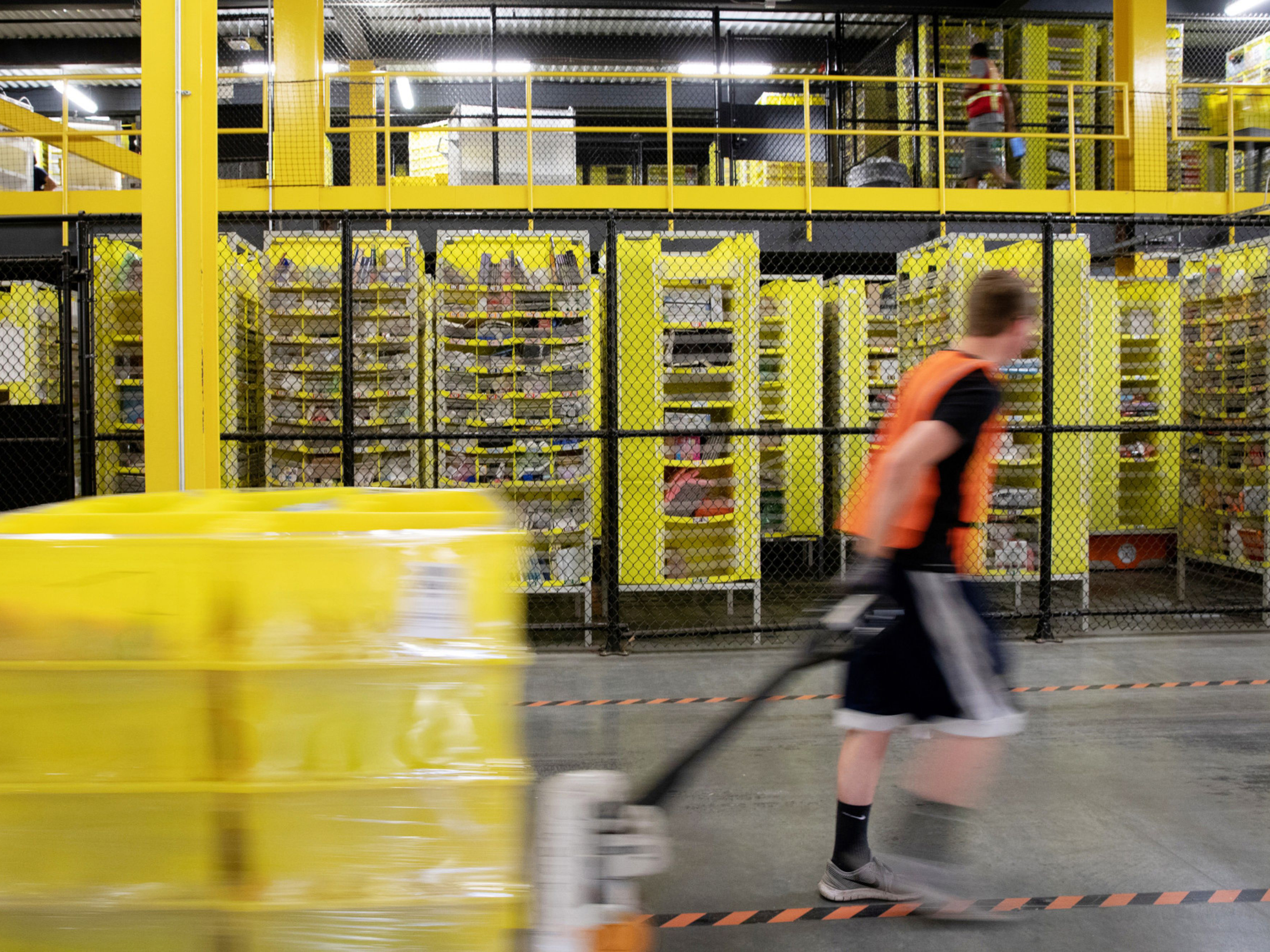
Think Tank
Six Common Logistics Mistakes and How to Avoid Them

Logistics and supply chain are crucial for the success of all businesses. Efficient logistic strategies are vital for reducing warehouse bulk, and ensuring that customers get their specified goods in time.
Companies seeking to implement logistics strategies must first consider how they stand to benefit from the initiative. However, in the process of implementation, they might overlook certain aspects that can affect supply-chain performance.
Here are some of the common logistics mistakes that small and medium-sized businesses make.
Failure to separate pickup areas and bulk storage. Most warehouses aim to improve productivity by eradicating the waste of motion. A common mistake in warehouses is the failure to keep fast pickup areas separated from bulk storage. In such cases, the stock takes up the space meant for storing fast-moving products.
Having bulk quantities and fast-moving products all in one place creates a level of clutter that makes it hard to locate urgently required merchandise.
To avoid this, create a designated spot for placing fast-moving goods away from primary stock storage. This way, it becomes easier to keep many different products within a restricted space, and bulk quantities in other parts of the warehouse.
Use of outdated technology. Digitization has been a significant booster for logistics and supply management. Technology makes it easier to pick out products in the warehouse, as well as keep track of goods in transit and in inventory. The use of outdated technology, by contrast, means the business can’t properly communicate with clients and provide information on order status.
Businesses that implement and adapt to technology in their logistics strategies earn more revenue and report a higher return on investment. Ensure your business is integrated with the latest technological trends, and implements the latest supply-chain management software.
Inability to scale. Many businesses fail due to an inability to measure their growth potential, which is vital for efficient logistics operations.
Too much stock costs a lot to store, given the charges accruing from leasing a warehousing unit. Less stock with ample storage space also results in unnecessary expenses. And too little stock translates into lost sales.
Businesses can mitigate losses by conducting proper calculations when restocking. They can employ advanced systems with a maximum- and minimum-reorder feature. This allows for prompt replenishment and finishing of existing stock.
Additionally, small and medium-sized businesses can scale operations with the help of a forecasting tool, using an algorithm that calculates how much product the company can sell based on current logistics statistics.
Reliance on estimating cost. Logistics costs are factored into product cost. Variables include weight, speed, distance, and location. Estimating shipping costs may alter the product’s value, making prices too high or very low.
Highly estimated costs reduce demand for products, while low shipping costs cause the business to sustain losses. Avoid guessing the figures, and carry out calculations that will lead to accurate pricing. In the process, small and medium businesses can acquire precise figures and correct information about products before calculating logistics costs.
Lack of appropriate shipping equipment. Supply-chain management requires a specific set of tools and equipment for efficient warehouse operations. Specialized equipment is vital for moving or shipping heavy merchandise within the warehouse.
Lack of the right equipment, such as tarps and forklifts, can cause damage to fragile products. It also slows down warehouse operations and affects loading and shipping efficiency.
Businesses lacking proper shipping and freight equipment have a hard time tracking goods in transit, and serving customers who are impatient for their orders to arrive.
Lack of tracking tools. Tracking tools let customers know the progress of their shipments and when to expect them. They also allow for follow-up and notification of the client when delivery arrives. On the business end, you can learn when the shipment reaches the preferred destination, and avoid losses caused by false claims about shipping issues.
Mikayla St. Clair is a public relations specialist for Brumleve Industries.






